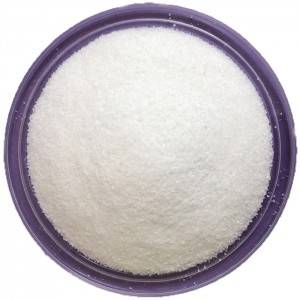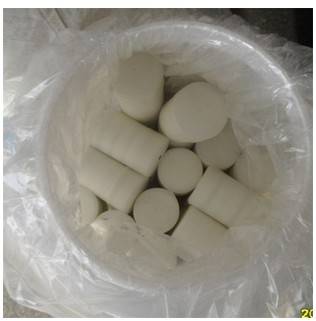The main advantages of yeast protein
Yeast protein is synthesized through microbial fermentation of traditional grain crops, with an efficiency 2000 times that of animal protein and 800 times that of soy protein, significantly improving protein production efficiency
Advantages of yeast protein over whey protein
Comprehensive nutritional value
Yeast protein contains abundant protein, various minerals, dietary fiber and other components, meeting the diverse nutritional needs of the body.
Slow digestion characteristics
Some yeast proteins are slow proteins that continuously and stably provide amino acids, promote muscle synthesis, and slow down muscle breakdown.
Wide applicability
Yeast protein is suitable for people who are vegetarian, environmentally friendly, lactose intolerant, allergic to whey protein, and need to control their weight.
Good emulsifying performance
Compared with whey protein, yeast protein has the best foam stability and high emulsification performance
Advantages of yeast protein over soy protein
More comprehensive amino acid composition
According to FAO standards, yeast protein contains a complete amino acid group, similar to whey, and is superior to soybean, making it a high-quality protein.
More easily absorbed and utilized by the human body
Yeast protein has a high BV value, far exceeding most plant proteins, with a digestion rate of up to 96%, making it easy for the human body to absorb and utilize.
Rich functional components
Yeast protein contains high-quality protein, minerals, dietary fiber, and bioactive functional proteins such as metallothionein.
Better stability of foam
Compared with plant protein, yeast protein has better foam stability, higher emulsifying performance, and lower apparent viscosity.
|
Protein |
80.0% Min |
|
Moisture |
6.0% Max |
|
Ash |
6.0% Max |
|
Total Bacterial Count,CFU/g |
10000 Max |
|
Coliform Bacteria Number CFU/g |
3 Max |
|
Pb mg/kg |
1.0 Max |
|
As mg/kg |
1.5Max |
|
Appearance |
Light yellow to yellow powder |
|
Odor |
The unique taste and aroma of yeast |








